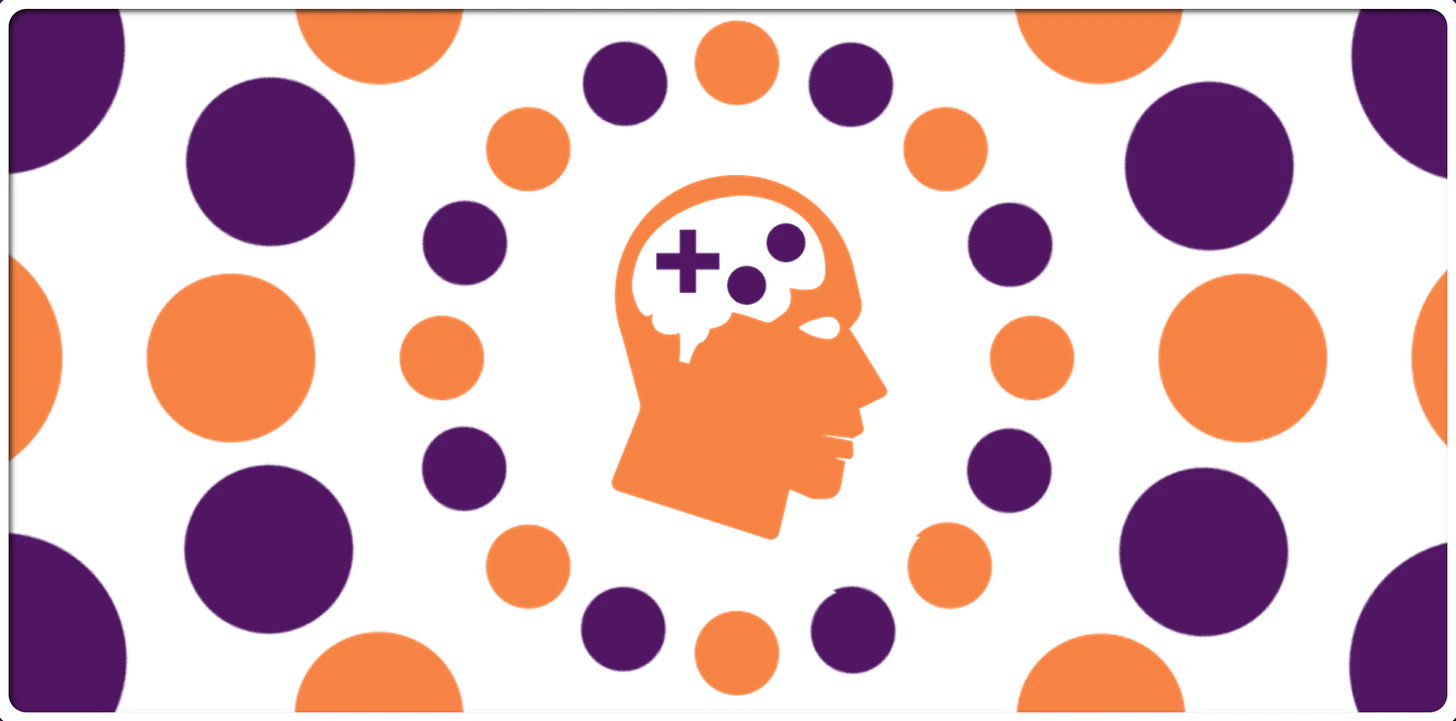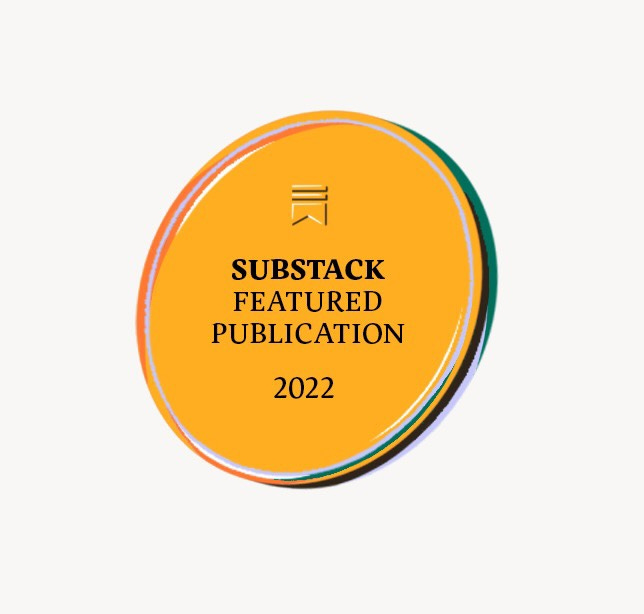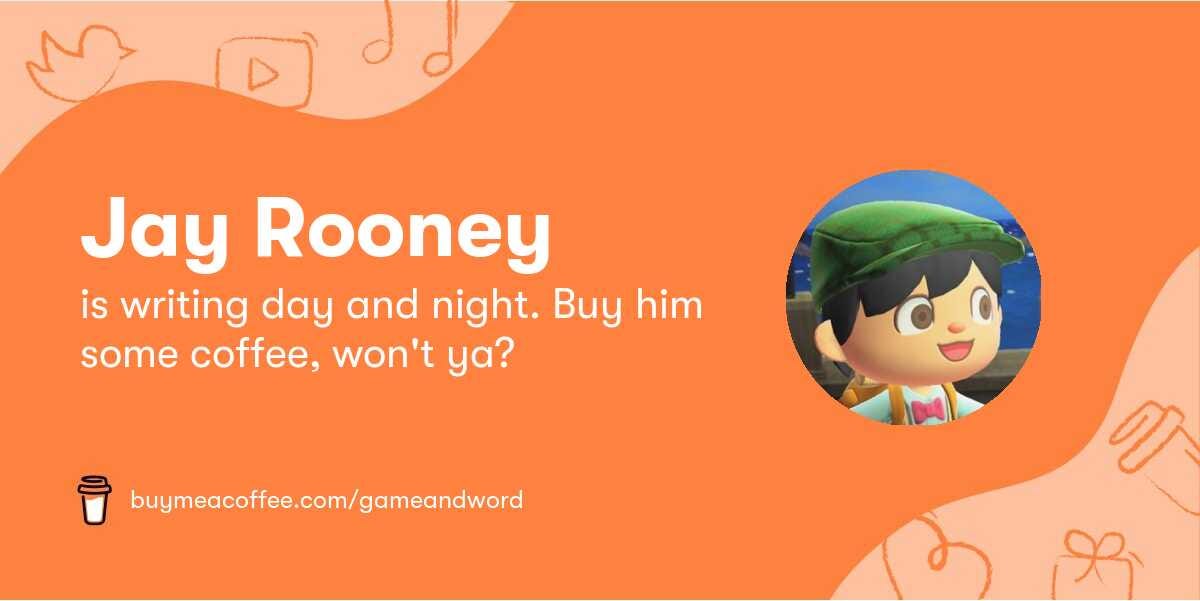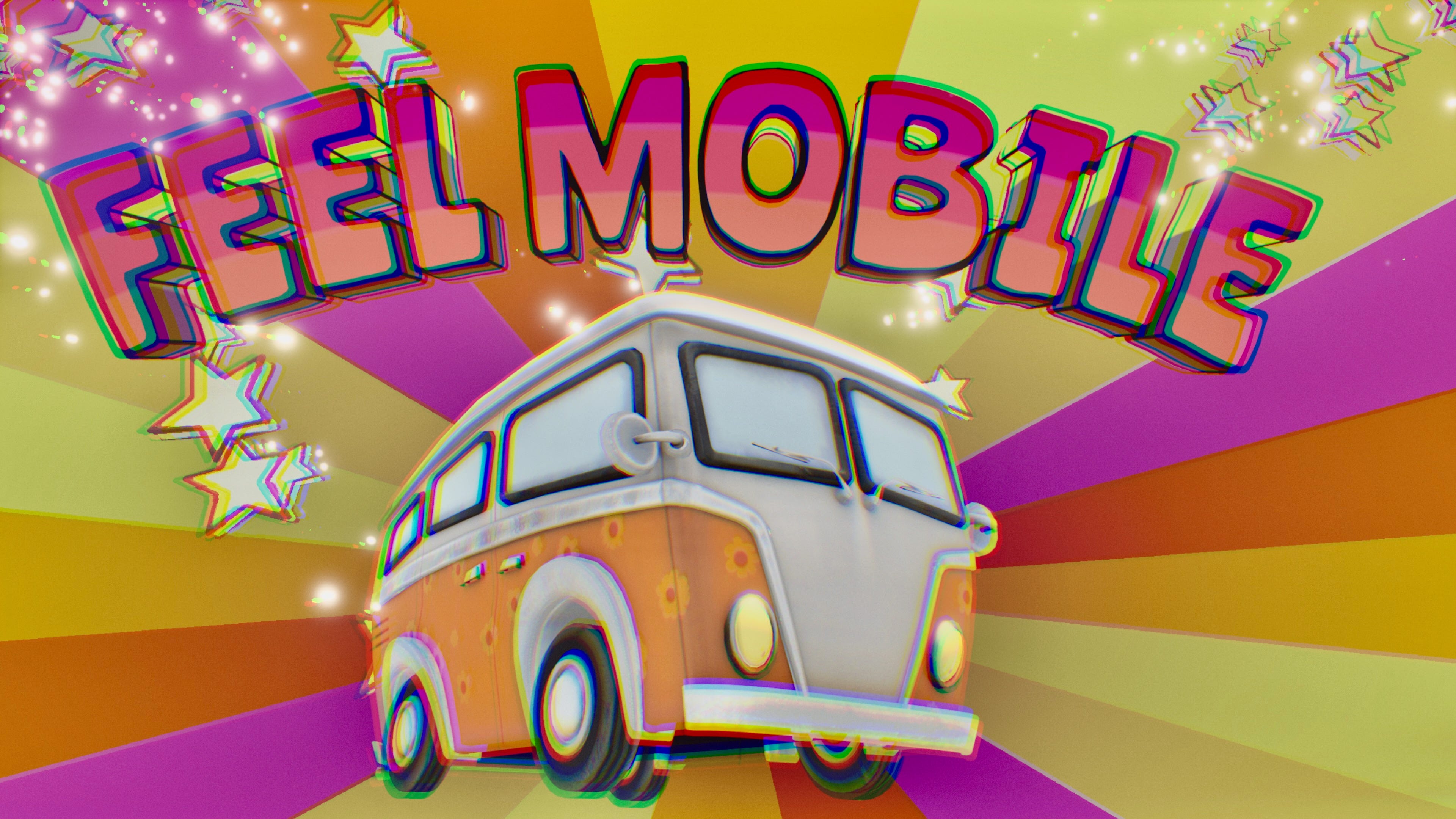Issue 3.3: The Mindscapes We Make
A Psychological, Symbolic, and Metaphysical Analysis of Three Beloved Games
Hello! If you enjoy Game & Word, please hit the “heart” button at the very top or very bottom of this post, or on the bottom-left corner of the Substack app. It helps more people find Game & Word, which helps us survive and grow!
NOTE: Gmail users, you might see a truncated version of this message. If this happens to you, just click the “View entire message” link next to where it says “[Message clipped]” to read the rest.
Masthead
Publisher: Jay Rooney
Author, Graphics, Research: Jay Rooney
Logo: Jarnest Media
Founding Members:
Le_Takas, from Luzern, Switzerland (Member since April 14, 2022)
Ela F., from San Diego, CA (Member since April 24, 2022)
Alexi F., from Chicago, IL (Member since May 13, 2022)
Special Thanks:
Substack’s amazing community team, for recommending Game & Word as a Featured Publication!
Chris Brandrick of Switch Weekly for letting me plug Game & Word to his audience last week!
Congratulations to coolio7831 on becoming Game & Word’s 400th subscriber!
YOU, for reading this issue.
Table of Contents (Vol. 3, Issue 3: Sunday, May 15, 2022)
Summary & Housekeeping
Feature: “The Mindscapes We Make” (~23-minute read)
Food for Talk: Discussion Prompts
Further Reading
Game & Word-of-Mouth
Footnotes
Summary:
Today, we’ll continue our journey into the mind. Our next stop: the personal unconscious. We’ll examine the concept of “mindscapes,” and how mental worlds are constructed and portrayed in Psychonauts, Psychonauts 2, and EarthBound.
Housekeeping:
First, things first: WELCOME, NEW SUBSCRIBERS! Whether you’re here because you saw Game & Word in Substack’s discover section, read my guest column in last week’s Switch Weekly, followed me on Twitter, or whichever reason—I’m glad you’re here!
Please, enjoy yourself! And feel free to reach out to me at any time by dropping a comment, replying to this post, or emailing me at gameandword@substack.com—I always love hearing from my readers!
Second: Oh, about that discover section thingy? Substack’s community team regularly hand-picks publications to feature in the app’s “Discover” section, essentially recommending them to the entire userbase. This week, they chose to feature Game & Word—which means we’ve got the Substack “seal of approval,” so to speak:
Since Substack doesn't use algorithms, writers rely on recommendations and word of mouth to build their audiences. Therefore, this type of endorsement is a huge deal, not just because of the exposure it gives to new publications, but because it also reinforces and validates my decision to launch Game & Word. Getting lots of views is great, but knowing I got those views because real people—not a search engine—found value in my writing? It’s an incredible, humbling, and special feeling.
Thank you, Substack community team (special shout-out to Kate and Bailey!), for shining the spotlight on my little publication. And thank YOU, dear reader, for reading, subscribing, liking, and sharing. None of this would be possible without you.
Finally: don’t forget that our super awesome book giveaway is still open for one more week! Time’s running out, so if you know someone who’d enjoy these books, now’s the time to tell them! Details below:
Previous Issues:
Volume 1 (The Name of the Game): Issue 1 ● Issue 2 ● Issue 3 ● Issue 4
Volume 2 (Yo Ho Ho, It’s a Gamer’s Life for Me): Issue 1 ● Issue 2 ● Issue 3 ● Bonus 1 ● Issue 4 ● Issue 5 ● Issue 6 ● Issue 7 ● Bonus 2 ● Issue 8 ● Bonus 3
Don’t want to commit to a paid subscription? No worries! You can also help offset my caffeine costs by chipping in for the price of a cup of joe:
Feature: The Mindscapes We Make
🚨🚨🚨 SPOILER ALERT 🚨🚨🚨
This post contains MASSIVE visual, story, and thematic spoilers for
Psychonauts
Psychonauts 2
EarthBound
If you want to play these games (which you really should) and don’t want them spoiled, beware! We highly recommend stopping here and coming back once you’re ready. You've been warned!
💡💡💡 POINT OF CLARIFICATION 💡💡💡
For consistency’s sake, this article will refer to MOTHER 2 / EarthBound as simply EarthBound, as we’ll be examining the North American localization and not necessarily the original Japanese script (unless otherwise noted).
This also applies to any character/location names and dialogue that differ between the two releases (ie, “Pokey” instead of “Porky,” or “Evil Mani Mani” instead of “Mani Mani Devil.”)
Welcome back to our “Depths of the Human Mind” adventure tour! We’re glad you’ve enjoyed your time in the conscious part of the psyche, but it is now time to move on to the next leg of our journey.
All passengers, please return to the vehicle so we may depart as soon as possible. Our destination: the unconscious.
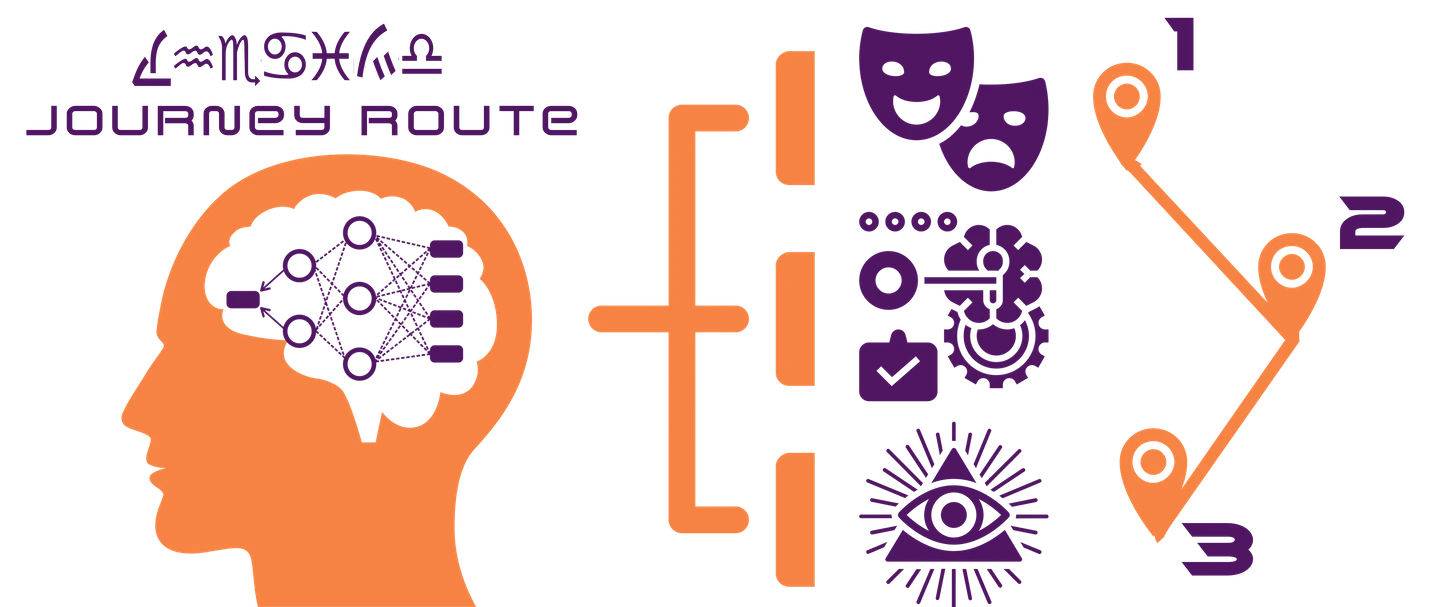
Now, the unconscious is divided into two parts: the personal unconscious and the collective unconscious. The unconscious is the part of your mind you’re not consciously aware of.
All systems go…
Standing by…
Let’s GO!!!
Before We Arrive at Our Destination…
I do need to warn you about our destination.
The unconscious is a strange, strange place. It is a place of secrets (both known and unknown), repressed desires, and shameful memories. It is the realm of dreams, archetypes, and out-of-body experiences. It’s where you’ll find the truth about yourself and the universe.
What I’m trying to say is that things might get a little weird. Please remember that this is normal and expected, and always keep your vial of smelling salts within easy reach at all times in case of emergency.
Ok, now that that’s out of the way, please buckle your seatbelts, stow away your trays, and move your seat to its upright position. Please put on your psychic blinders until the vehicle has come to a complete stop; failure to do so absolves Game & Word Tour Operators, LLC of any liability for any ensuing psychedelic freakouts or neural neutralizations.





